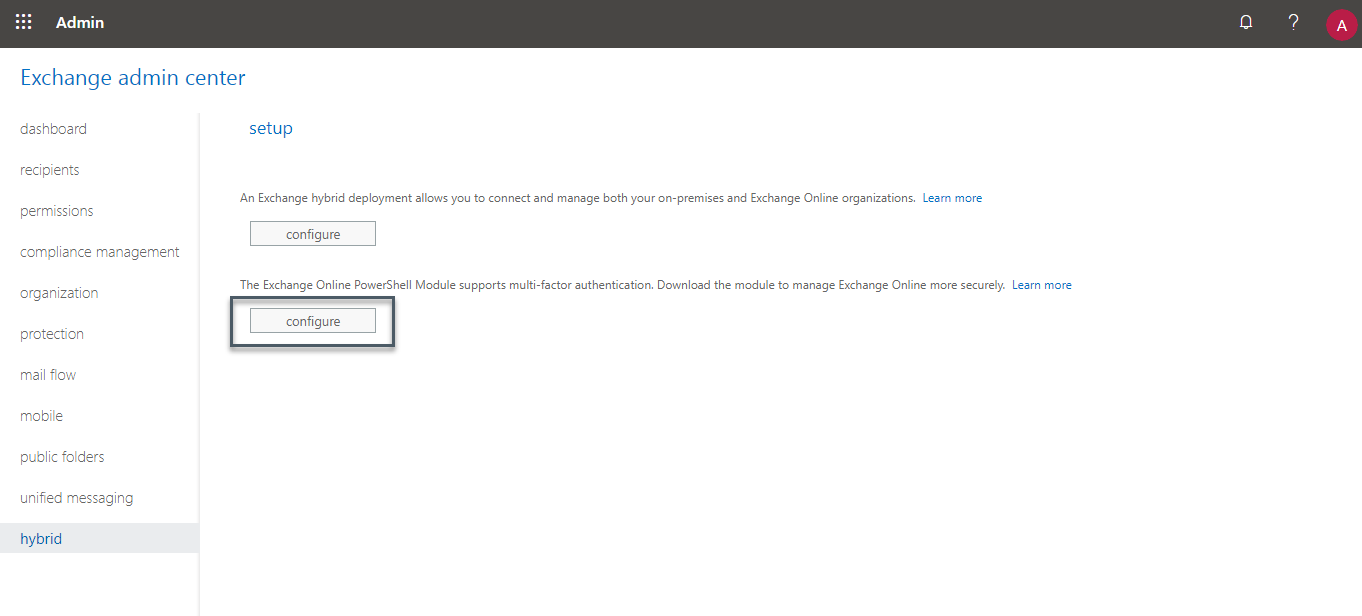

* : Installation of the application has started.įollowing errors were detected during this operation. * : Processing of deployment manifest has successfully completed. * : Activation of C:\temp\.Client.application has started. There were no warnings during this operation. + Deployment and application do not have matching security zones.ĬOMPONENT STORE TRANSACTION FAILURE SUMMARY

Following failure messages were detected: * Activation of C:\temp\.Client.application resulted in exception. 0 built by: NETFXREL2ĭfshim.dll : 3.0 (rs1_release.160715-1616)ĭeployment url : file:///C:/temp/.Client.applicationĭeployment Identity : .Client.application, Version=.0, Culture=neutral, PublicKeyToken=c3bce3770c238a49, processorArchitecture=msilīelow is a summary of the errors, details of these errors are listed later in the log. I am getting failures when I run the installer So with that we are finally able to log in to Exchange Online PowerShell more securely with Azure Multi-Factor Authentication as long as Modern Authentication is enabled for your organization! Lets try it out on a MFA enabled admin user:Īnd as expected, I’m prompted to provide my verification code:Īnd after verification I can administer Exchange Online: The configure button activates a click once install: Next logon to your Exchange Online Admin Center, and go to Hybrid to download and configure the Exchange Online PowerShell Module: In my Exchange Online organization I verify that Modern Authentication is enabled: Lets try it out:įirst you need to verify that Modern Authentication is enabled in your Exchange Online organization, as this is not enabled by default: In december a new Exchange Online Remote PowerShell Module was released (in preview), (v=exchg.160), that uses Modern Authentication and that supports Azure Multi-Factor Authentication. A while back I wrote a blog post on how you could use Azure AD Privileged Identity Management to indirectly require MFA for Office 365 Administrator Roles activation before they connected to Exchange online via Remote PowerShell.


 0 kommentar(er)
0 kommentar(er)
